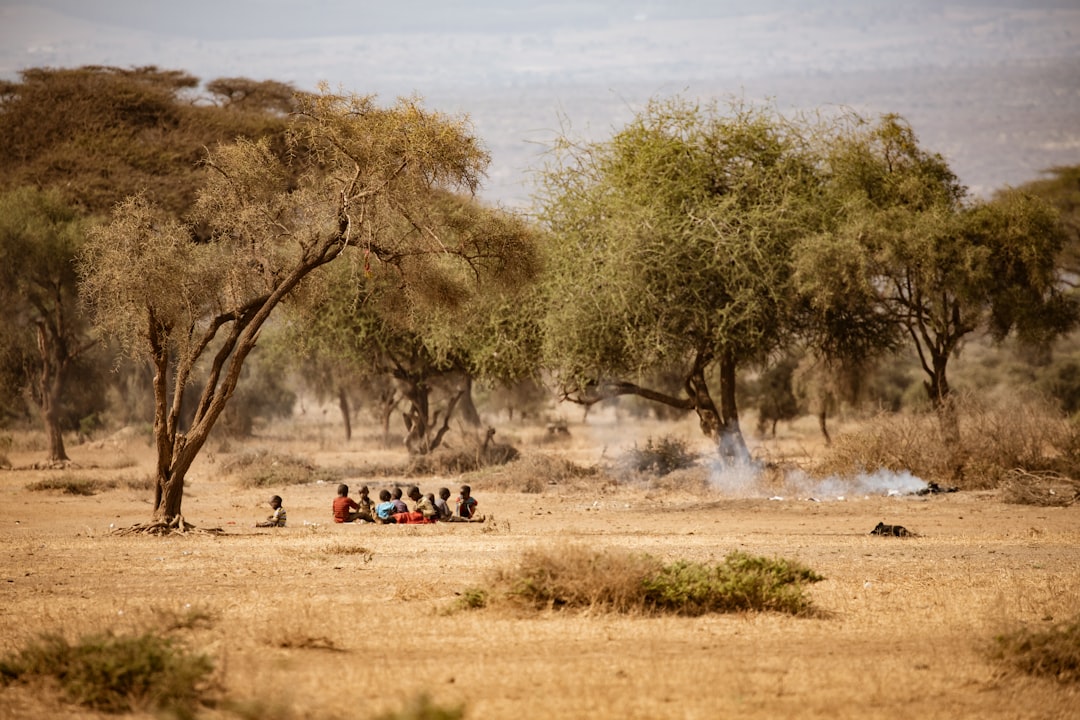“`html
Climate Refugees: A Growing Crisis Compelled by a Changing Planet
The term “climate refugee” is becoming increasingly common, reflecting a stark reality: environmental changes are forcing more and more people to leave their homes. While not officially recognized as a distinct legal category under international refugee law, the fact remains that millions are displaced each year due to climate-related disasters and slow-onset environmental degradation. This displacement impacts communities, economies, and global stability. But why is this happening, and what does it all mean?
The Driving Forces Behind Climate Displacement
Several key environmental factors are contributing to the rise in climate-induced migration:
- Sea Level Rise: Coastal communities are particularly vulnerable. As global temperatures increase, glaciers and ice sheets melt, causing sea levels to rise. This leads to flooding, erosion, and the contamination of freshwater sources, rendering areas uninhabitable. Low-lying island nations and coastal regions in countries like Bangladesh and the United States are already experiencing the impacts. Learn more about the global average sea level changes at NASA’s Climate Change vital signs page.
- Extreme Weather Events: Hurricanes, cyclones, droughts, and floods are becoming more frequent and intense due to climate change. These events can destroy homes, infrastructure, and livelihoods, forcing people to seek safety elsewhere. For example, the devastating impact of Hurricane Dorian on the Bahamas displaced thousands.
- Desertification and Land Degradation: In arid and semi-arid regions, climate change exacerbates desertification, making it harder to grow crops and raise livestock. This leads to food insecurity and economic hardship, prompting migration. The Sahel region of Africa is particularly affected.
- Water Scarcity: Changes in rainfall patterns and increased evaporation rates are leading to water shortages in many parts of the world. This can trigger conflict over water resources and force people to migrate in search of water security.
Why Does This Trend Matter? The Multifaceted Impacts
The increase in climate refugees isn’t just about individual hardship; it has broader ramifications:
- Humanitarian Crisis: Mass displacement puts immense strain on humanitarian organizations and host communities. Providing shelter, food, water, and healthcare to displaced populations is a major challenge, especially in resource-constrained areas.
- Security Risks: Climate-induced migration can exacerbate existing tensions and contribute to conflict. Competition for scarce resources, such as water and land, can lead to clashes between different groups. The influx of migrants can also strain social cohesion in host communities.
- Economic Disruptions: Displacement can disrupt economic activity in both the areas of origin and destination. Loss of labor, decreased agricultural production, and increased demand for resources can negatively impact economies.
- Loss of Cultural Heritage: When people are forced to leave their homes, they often lose connection to their cultural heritage and traditions. This can lead to a sense of displacement and loss of identity. The disappearance of entire island nations also signifies the complete loss of unique cultures and languages.
- Increased Inequality: Climate change disproportionately affects vulnerable populations, exacerbating existing inequalities. Those with the fewest resources are the least able to adapt to climate change and are most likely to be displaced.
The Future Outlook: What Can We Expect?
Unfortunately, the number of climate refugees is expected to increase in the coming decades. The Intergovernmental Panel on Climate Change (IPCC) projects that climate change will continue to intensify, leading to more frequent and severe extreme weather events and further sea level rise. This will inevitably lead to more displacement. Understanding climate patterns and predicting future impacts can be aided by AI-driven climate modelling tools.
Key factors influencing the future outlook include:
- The Pace of Climate Change: The more rapidly the climate changes, the more people will be displaced. Aggressive action to reduce greenhouse gas emissions is crucial to slowing down the rate of climate change and reducing the number of climate refugees.
- Adaptation Measures: Investing in adaptation measures, such as seawalls, drought-resistant crops, and early warning systems, can help communities cope with the impacts of climate change and reduce displacement. However, adaptation has limitations and may not be sufficient in all cases.
- International Cooperation: Addressing climate displacement requires international cooperation. Rich countries have a responsibility to provide financial and technical assistance to developing countries to help them adapt to climate change and manage displacement. Improved international frameworks for protecting climate refugees are also needed.
- Policy and Legal Frameworks: Existing international refugee law does not explicitly cover climate refugees. Developing new legal frameworks to protect the rights of climate-displaced people is essential. This includes ensuring access to asylum, humanitarian assistance, and long-term solutions. You can read the UN’s take on addressing climate change on their official website: UN Climate Change.
The challenge of climate refugees is a complex one, requiring a multifaceted response. Reducing greenhouse gas emissions, investing in adaptation, providing humanitarian assistance, and developing appropriate legal frameworks are all essential steps. Ignoring this growing crisis will only lead to greater human suffering and global instability. For more on this, check out this recent Reuters article on climate migration: Reuters: Climate Change Displacing Millions.
“`

